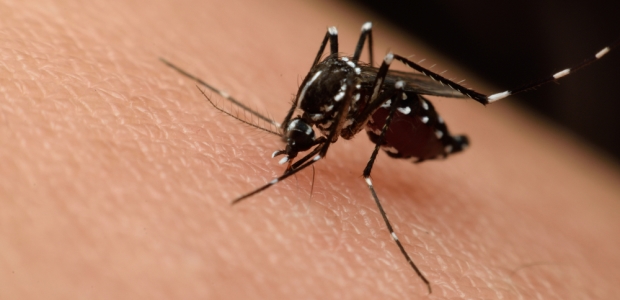The final rule will now take effect on Oct. 2, 2017.

It is "the most protective regulation in the nation for the safety and health of refinery workers and surrounding communities," said Christine Baker, director of the state's Department of Industrial Relations, parent agency of Cal/OSHA.
Each organization will give the other access to its online training portals – the INTERPOL Global Learning Centre and the OSCE Policing Online Information System.

On average, 700 people die in boating-related accidents annually in the United States, and eight of every 10 victims weren't wearing a life jacket.
This week's theme is "Investing in Technology for Safety, Energy & Water Efficiency."
Don't make a bad safety mistake this summer, the association advises.
Thirty hours and 40 minutes following the launch of the Apollo 13 mission to the moon, a loud bang was heard. The rupturing of an oxygen tank would drive NASA to abort the moon landing and redirect all of its resources to bring the astronauts home safely. Although NASA had planned for many potential hazards, the general prognosis of an in- flight issue such as this was not positive. Yet, as each and every issue came up, the teams of engineers, flight controllers, and astronauts worked to ensure that they could return home safely.
Acosta discussed the importance of investing in women.
In 2015, the city received a $500,000 grant from the Federal Transit Administration to support a full-scale simulation exercise of the city assisted evacuation plan, with special emphasis on vulnerable and special needs populations.

The bill making use of a mobile phone while driving a primary offense exempts a driver who is using a personal electronic device to contact emergency services and also someone operating an authorized emergency vehicle.
The CDC is recommending retesting for children, pregnant women and nursing mothers
The council estimates more than 400 people may be killed in car crashes over the holiday weekend.
The association announced support for the government employees that are working to introduce the act.
Their paper discusses the use of portable detectors to protect first responders who may be handling unknown powders.

During the past two years, the two agencies have awarded nearly $3 million to local health departments and communities for mosquito control programs to prevent disease outbreaks.
U.S. Secretary of Labor Alexander Acosta has traveled to Germany this week in order to tour the BMW Group's apprenticeship training facility.
In January 2016, one of its ships was blown away from a pier and suffered minor damage to its lower bow ramp and bow doors, but shore infrastructure -- an elevated roadway and a ramp -- was extensively damaged. No one was injured.